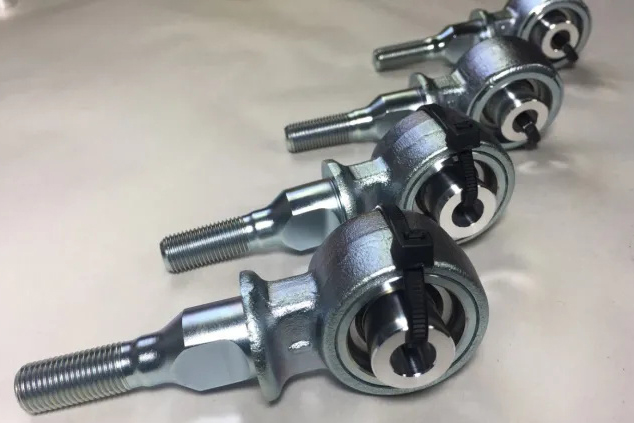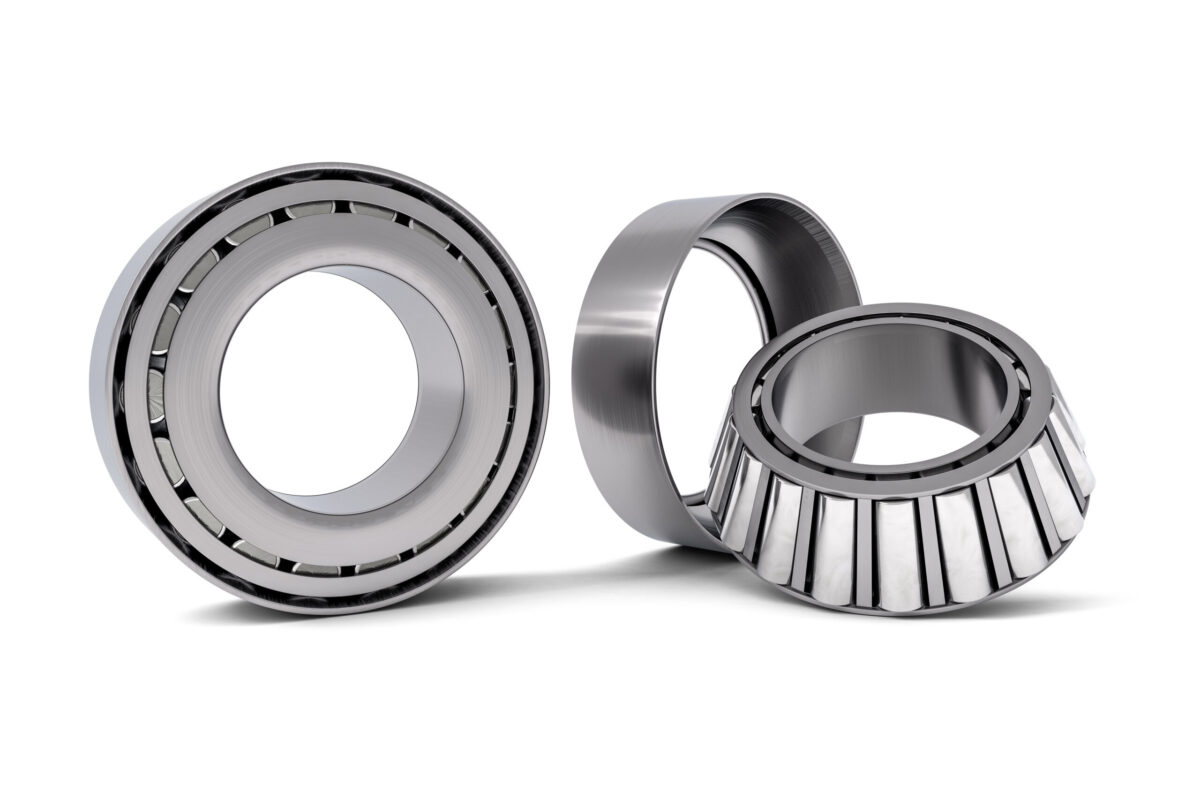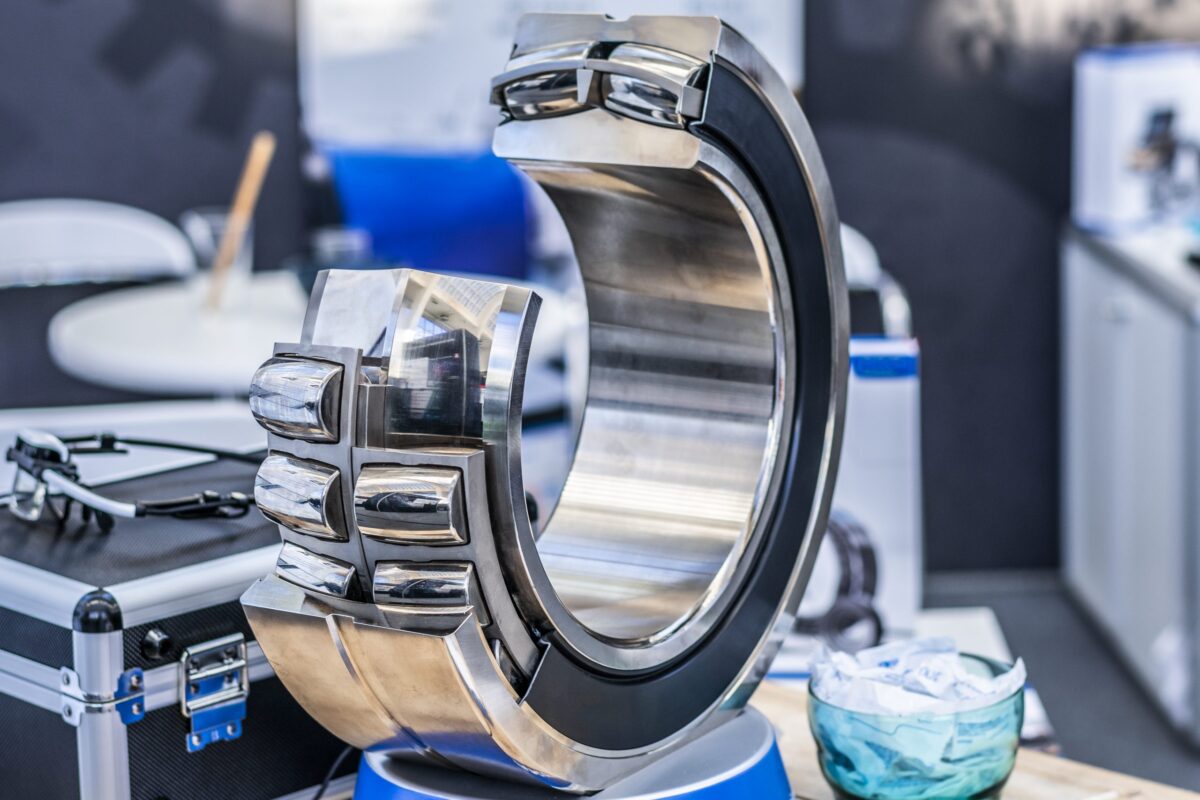Introduction to Spherical Bearings
Spherical bearings are an essential component in many mechanical systems. They are designed to accommodate angular misalignment and rotation, making them ideal for applications where movement and flexibility are crucial. This blog post will explore the different types of spherical bearings, their uses, and the benefits they offer.
Types of Spherical Bearings
There are several types of spherical bearings, each designed for specific applications:
1. Spherical Plain Bearings: These bearings are used in applications where high loads and low speeds are common. They provide smooth rotational movement while accommodating misalignment.
2. Spherical Roller Bearings: These bearings are ideal for heavy-duty applications. They can handle both radial and axial loads, making them suitable for industries like mining and construction.
3. Spherical Rod End Bearings: These bearings are used in linkage mechanisms and control systems. They offer flexibility and are commonly found in automotive and aerospace industries.
Uses of Spherical Bearings
Spherical bearings are used in a variety of industries and applications due to their versatility:
– Automotive Industry: Used in suspension systems to provide smooth and flexible movement.
– Aerospace Industry: Essential in control systems for aircraft to ensure precise movements.
– Industrial Machinery: Commonly used in heavy machinery to handle high loads and reduce friction.
Benefits of Spherical Bearings
Spherical bearings offer several benefits that make them a preferred choice in many applications:
1. Misalignment Accommodation: They can handle angular misalignment, reducing stress on other components.
2. High Load Capacity: Designed to support heavy loads, making them ideal for demanding applications.
3. Durability: Made from high-quality materials, spherical bearings are built to last, reducing maintenance costs.
In conclusion, spherical bearings are versatile components that play a crucial role in various industries. Understanding their types, uses, and benefits can help in selecting the right bearing for your specific application.



